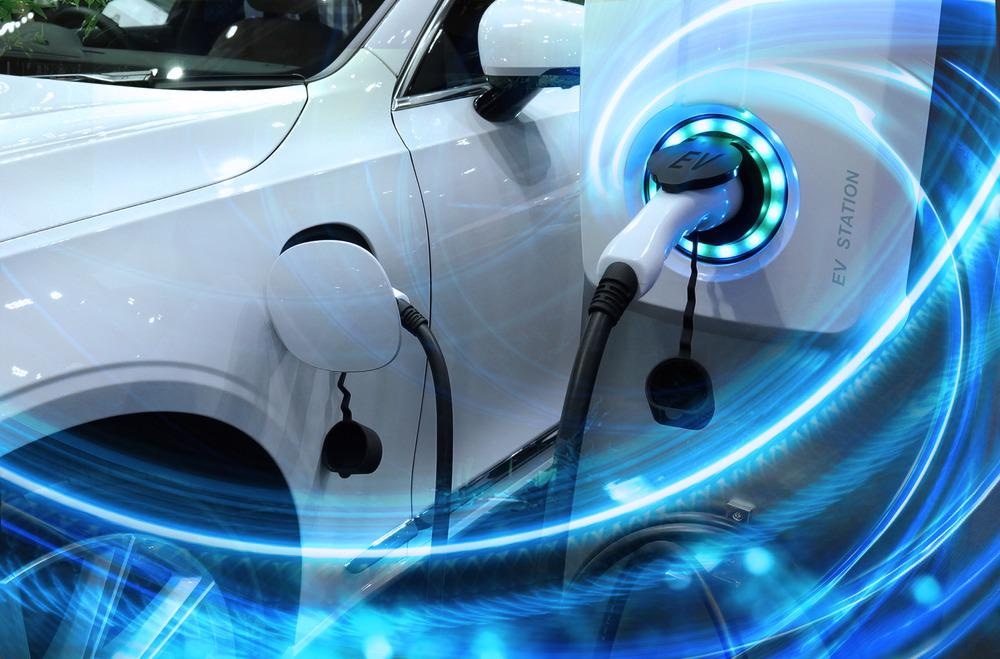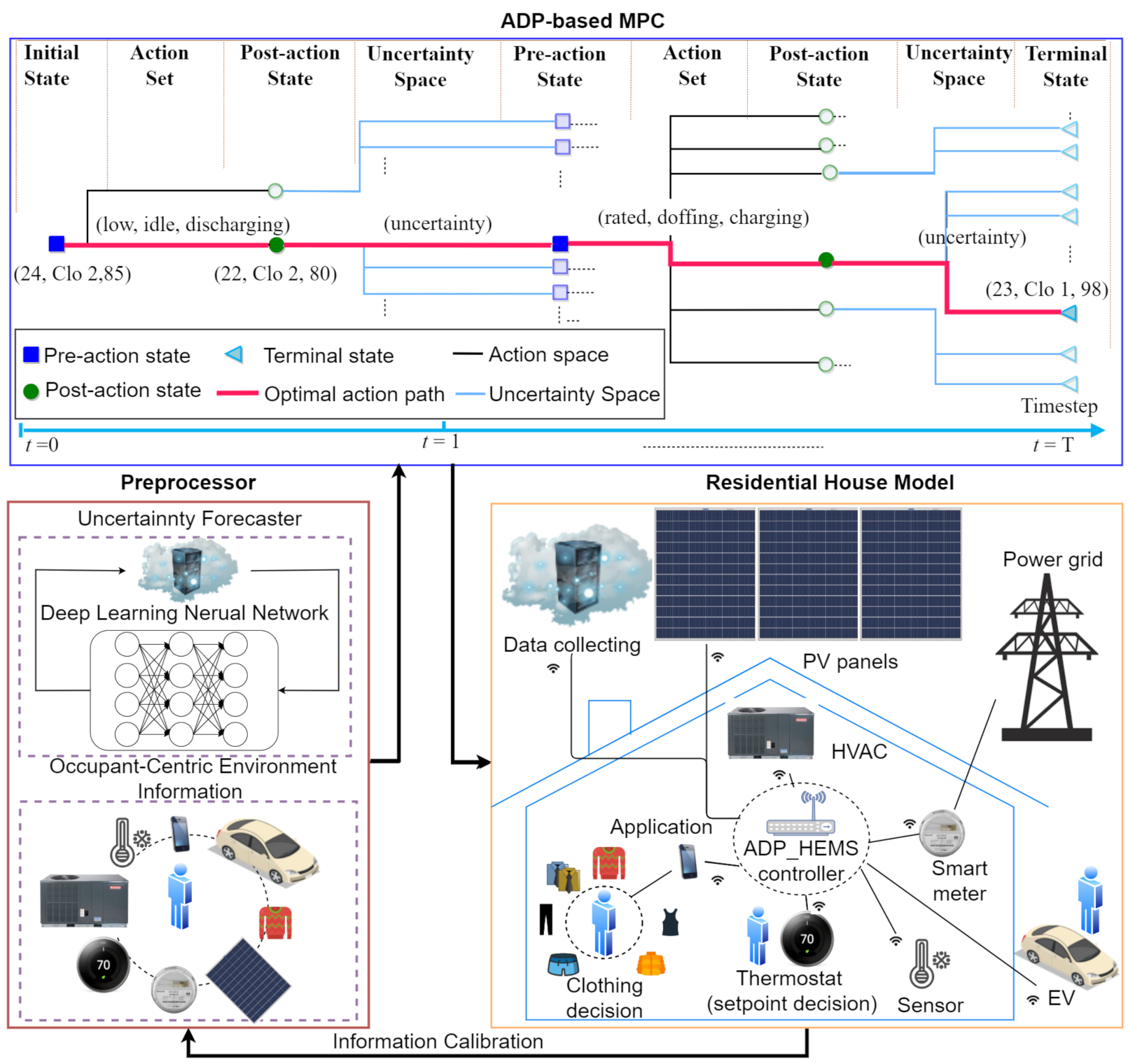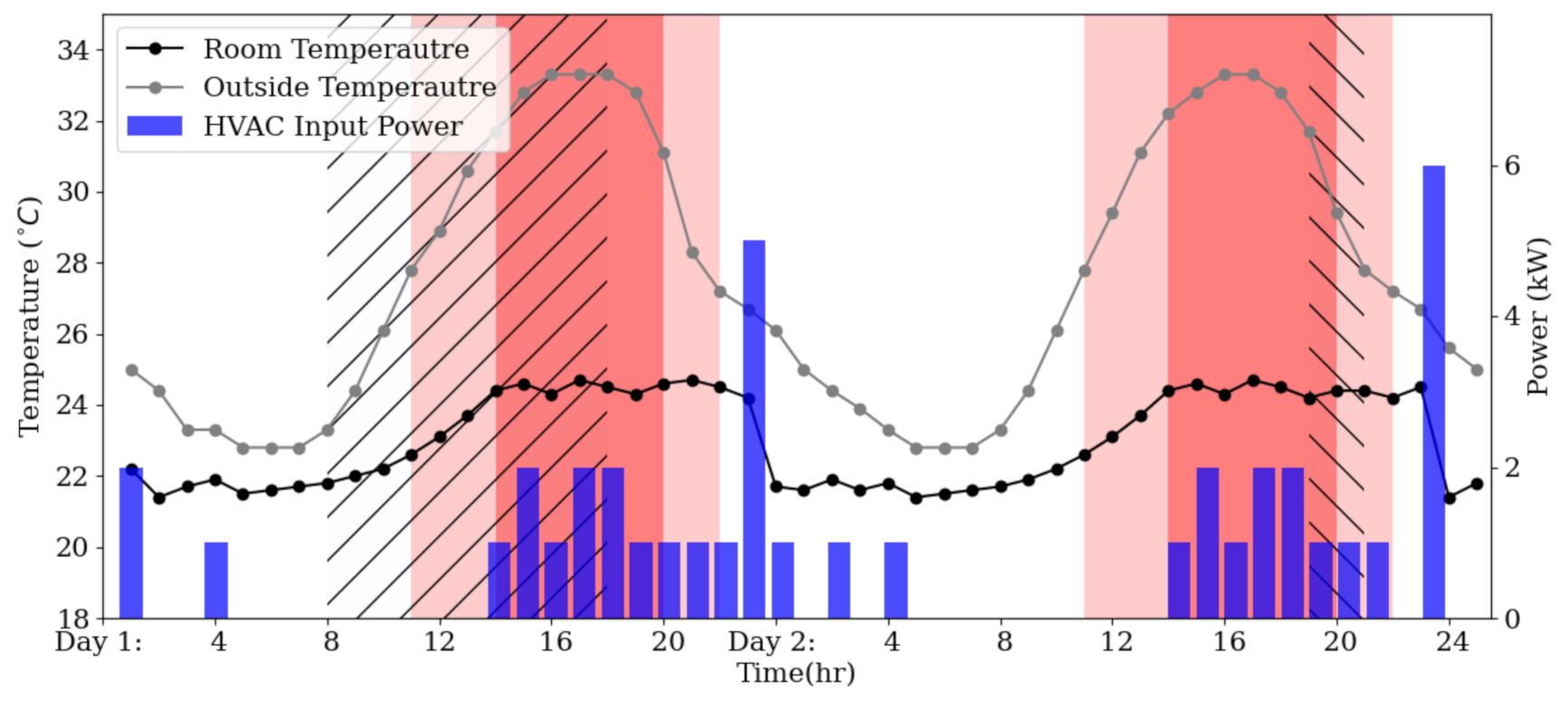Taking into account these growing statistics researchers at Kansas State University (KSU) have recently published a paper in the journal Sustainability propose a model that considers integrating residential PV and EV into home energy management systems (HEMS) in an occupant-centric manner while taking into account the occupants’ thermal comfort, clothing behaviors, and concerns on the state-of-charge (SOC) of EVs.

Study: V-EV Integrated Home Energy Management Considering Residential Occupant Behaviors. Image Credit: buffaloboy/Shutterstock.com
The global energy transition is focused on carving out a path towards sustainable energy and net-zero carbon, while governments and corporations have made commitments to such goals ordinary individuals are also making steady adjustments to their lives including the adoption of rooftop photovoltaics (PVs) and electric vehicles (EVs).
The increased adoption of rooftop photovoltaics (solar panels) and electric vehicles is due to these technologies becoming more affordable. As it stands, in the US around 3% of energy comes from solar energy which is enough to power 16.4 million American homes.
Meanwhile, electric vehicle sales have been accelerating consistently year-on-year with current forecasts predicting EV sales to take up 10% of all new-vehicle purchases by the year 2030 in a medium growth scenario.
This study is deemed necessary as the corresponding author and associate professor at KSU Hongyu Wu explains, “Most existing home energy management systems (HEMS) only focus on the residential occupants’ thermal comfort in terms of indoor temperature and humidity while neglecting their other behaviors or concerns.”

Conceptual diagram of proposed HEMS consisting of HVAC, EV, and PV with occupant’s thermal comfort, clothing behaviors, and EV SOC concerns. Image Credit: Liu X et al., Sustainability
The KSU team also claims that their HEMS model could help reduce energy costs and potentially boost the adoption rate of HEMS.
Modeling Home Energy Management Systems
Home Energy Management Systems (HEMS) allow households to better manage their energy consumption by delivering detailed, but understandable information about energy usage and allows precise control over certain devices that may be considered “energy guzzlers” which may include EV electrical charging points.
In addition to helping occupants manage costs, HEMS are also installed to maintain certain comfort levels within the home by tracking behavior and understanding preferences but as Wu and his team identified, certain behaviors and concerns are left out including clothing which should be included.
To tackle such issues, the KSU paper studies the HEMS, consisting of HVAC, EV, and PV, by considering three distinct categories of occupant behaviors: (1) clothing behaviors, (2) EV SOC concerns, and (3) PMV-based thermal comforts.
“A stochastic Adaptive Dynamic programming (ADP) model is modified and extended to optimally determine the setpoints of heating, ventilation, air conditioning (HVAC), occupant’s clothing decisions and the EV’s charge/discharge schedule while considering uncertainties in the outside temperature, PV generation, and EV’s arrival SOC, says Wu.

HVAC simulation results in the baseline. Image Credit: Liu X et al., Sustainability
HEMS Simulations
Through an extensive series of simulations, the KSU researchers aimed to show how their proposed model could benefit individuals in residential homes at both cost-saving and comfort While they were unable to incorporate algorithmic comparisons they have noted that future work would be done in order to do so.
“Although simulations are performed only in one location in this paper, the proposed HEMS model can be effectively applied to any other locations with different climate conditions and electricity tariff structures. This will be investigated in future studies,” explains Wu.
After running their model, the KSU team was able to demonstrate energy cost savings up to 68.5% while maintaining the occupant's desired comfort levels comprehensively incorporating the occupants’ thermal comfort, clothing behaviors, and EV’s SOC concerns in the HEMS model. Additionally, any uncertainty concerning the outside temperature, PV generation, and EV’s arrival SOC is considered.

Cost breakdown for the one-week simulation between the baseline and the proposed HEMS. Image Credit: Liu X et al., Sustainability
Future HEMS Implications
As more and more people adopt and incorporate PV and EV technologies into their daily lives, finding ways to boost energy efficiency is just as important as with traditional fossil-based energy sources.
Therefore, smart grid technology is inconsistent development in order to meet the rising electricity requirement, and HEMS could play a central role in helping understand the energy demand of household applications.
As global demand for electricity increases, and is expected to continue to do so in the near and far future as cities and national grids expand to accommodate a growing population, the industry is focused on the concept of Home Energy Management Systems.
Advanced HEMS will be able to not only help residential occupants save costs but could also learn exactly how to optimize long- and short-term energy storage and usage based on homeowner behaviors, which in turn could help limit the energy demand placed on the grid.
References
Liu X, Wu Y, Wu H. PV-EV Integrated Home Energy Management Considering Residential Occupant Behaviors. Sustainability. 2021; 13(24):13826. https://www.mdpi.com/2071-1050/13/24/13826
Disclaimer: The views expressed here are those of the author expressed in their private capacity and do not necessarily represent the views of AZoM.com Limited T/A AZoNetwork the owner and operator of this website. This disclaimer forms part of the Terms and conditions of use of this website.